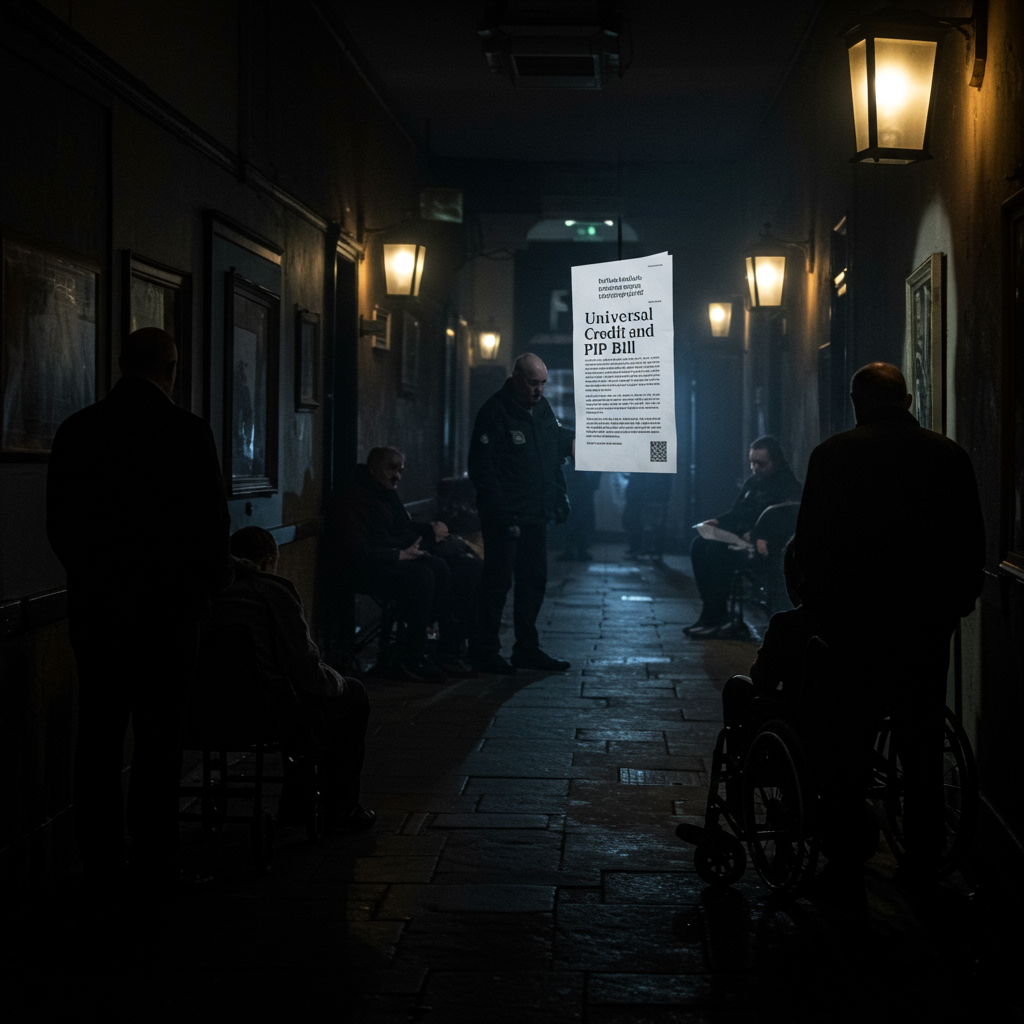The fragile hopes for de-escalation in the Middle East were dramatically shattered early last Friday morning, June 13, 2025. Regional nations had gone to bed the previous Thursday anticipating that scheduled Sunday talks between the United States and Iran in Oman might ease the severe tensions that had mounted throughout the week.
Earlier in the week, reports of the US withdrawing State Department personnel from Iraq and the Gulf, coupled with perceptions of US President Donald Trump’s potential displeasure with an Israeli attack or willingness to let Israel act unilaterally, had led many to believe that a significant reduction in tensions, perhaps even a path towards peace, was more likely than outright conflict.
Instead of realizing those great expectations, the region woke up to what felt like the sum of all fears. Just after 3 am, air-raid sirens blared across Israel. Defense Minister Israel Katz announced that a preemptive strike against Iran was underway, citing an expected missile and drone attack against Israel and its civilian population.
A History of Blows and Evolving Capabilities
This is not the first time Israel and Iran have exchanged direct blows. The previous year saw Iran launching hundreds of missiles and drones against Israel on two occasions. Israel responded with limited, precision strikes, primarily targeting Iran’s air-defense systems.
These past confrontations served as a stark demonstration of both countries’ capabilities. Israel has shown it can conduct long-range airstrikes, such as those against Houthi targets in Yemen located over 2,000 kilometers away. The region is well aware of these capabilities. However, Iran has also asserted its ability to retaliate against the US or through regional actions, prompting concern in Iraq and keeping US forces on high alert in the Gulf.
Adding to the volatile regional backdrop, recent days have seen a significant impact on Iran’s key proxy, Hezbollah, in Lebanon. Reports indicate widespread, near-simultaneous explosions of thousands of pagers used by Hezbollah members across Lebanon. The following day, thousands of walkie-talkies also reportedly exploded. These incidents resulted in dozens killed and thousands injured across the country, hitting the communication infrastructure of a crucial Iranian ally.
Iran’s Strategic Position and Calculations
Iran relies on proxies like the Popular Mobilization Forces in Iraq and the Houthis in Yemen. While other proxies, such as Palestinian Islamic Jihad and Hezbollah, have been seen as weakened by the war in Gaza and reports of Israel’s defeat of Hezbollah last year, the recent attacks on Hezbollah communication devices highlight the ongoing pressure and vulnerability faced by these groups.
Despite challenges to its proxies, Iran retains considerable capabilities and enjoys support from allies like Russia and China, who are keen to avoid seeing Iran weakened or humiliated.
Iran had reportedly planned to enter Sunday’s talks with the US projecting strength, angered by a resolution at the International Atomic Energy Agency (IAEA) and having threatened to leave the Non-Proliferation Treaty (NPT) or establish a new nuclear facility. While some viewed these threats as posturing aimed at gaining leverage for a deal, Iran was certainly seeking sanctions relief.
Crucially, the Iranian regime has historically sought to avoid direct, large-scale conflict, fearing potential internal instability. However, Tehran had grown bolder following the October 7th attack, perceiving an opportunity to challenge Israel on multiple fronts. This perceived shift in the balance of power led Iran to launch a direct attack against Israel in response to an Israeli strike in Damascus in March 2024, and reportedly planned a similar response in October 2024 – actions characterized by some as overly aggressive.
By 2025, the political landscape had shifted again. With the return of US President Donald Trump, Iran appeared to adopt a more cautious stance, sensing a potential “new dawn” for relations with the US. Amidst US talks with Russia and efforts towards a Gaza ceasefire, Tehran saw an opening for a potential deal and engaged in five rounds of talks with the US in April and May 2025. A key sticking point remained Iran’s insistence on retaining its uranium enrichment capabilities.
Iran also believed it could exploit a perceived divergence between the US and Israel, reading reports that suggested Trump was reluctant about an Israeli strike. Tehran seemed to calculate that while Israel might play the “bad cop,” they could secure concessions from the US. Iran felt its position in 2025 was different from 2015 – perhaps weaker due to proxy challenges, but bolstered by stronger ties with Russia and China.
Regional Miscalculations and the Path Forward
Regional actors had largely adopted a wait-and-see approach, hoping Trump’s return would facilitate a deal and ensure stability. Gulf countries hosting Trump in May likely conveyed this desire. Observing Trump’s engagement with Syria, they may have believed the US could effectively manage tensions and prevent an Israeli strike.
The early morning strike last Friday indicates that these regional calculations were incorrect. The critical question now is whether these Israeli strikes will successfully de-escalate the situation or if they will provoke a wider, regional response from Iran.
Iran faces a complex decision regarding its response. The regime likely recognizes the benefit of a tailored reaction. Tehran has recently engaged in diplomatic outreach, improving ties with Saudi Arabia, maintaining positive relations with Qatar, and reaching out to countries like Egypt and Norway. This diplomatic push aligns with Iran’s strategy of portraying Israel as the aggressor stoking the crisis while positioning itself as a victim.
Adding to this backdrop is the international context, particularly the recent UN vote where an overwhelming majority of countries called for a ceasefire in the Israel-Gaza war, with only a handful supporting Israel’s position. The prolonged conflict in Gaza has eroded some of Israel’s international support from European and other nations.
Iran now stands at a crossroads, weighing its options for a response. Meanwhile, the entire region feels as though it is perched on the edge of a volcano – one that everyone had desperately hoped would remain dormant.




